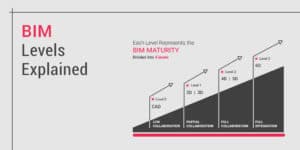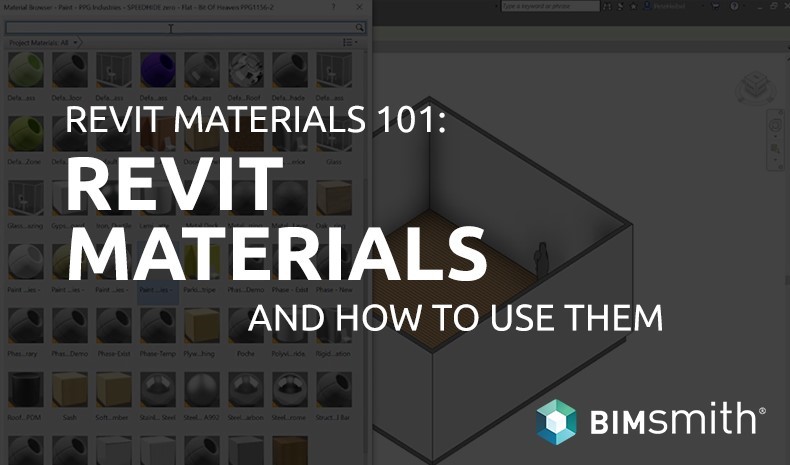

Just a list of materials is not sufficient. If Revit creates materials, the FBX format should be expanded to allow for those materials to be used in other programs.Īutodesk can solve this in a standard way. You can't call it an interchange format if there are proprietary fields generated from standard programs. This is exactly the thing that should avoided at all costs and should be considered a bug, certainly within the apps that you control. while FBX is an interchange format, the data it carries may not be supported by all. I know that this is not a priority, but it makes using the FBX format frustrating. There should not be proprietary blobs of data that other programs cannot read.įurthermore, developers wish to use the FBX format to import into their programs, so having materials that cannot be parsed at all is problematic. IMHO, the FBX file format should be a super-set of the functionality of all the programs that it supports. It is more important to have a file format that "just works" vs. If FBX has issues, then use a different format or expand the functionality of it. The legacy/history of FBX should have no bearing on an interoperational file format. Inter-operability is a hard problem, however Autodesk has the ability to solve this in their own product line. Hope this helps a bit understanding the situation and what can be done, Until superman comes, artists are stuck with the manual/visual translation of material information from a renderer to another one. Who's up to ensure (and maintain) global automated correspondence between Mental Ray, Maxwell, Renderman, Arnold, Brazil and VRay? And then, it will work for a specific look on specific builds of renderer A and B.
#Revit 2011 assets 60121 how to
The resulting images won't be necessarily predictable until a visualization expert tells how to approximate a look on renderer A to a look on renderer B. the parameters used drive different shader(s) (or worse, assemblies of shader fragments). I personally don't think it`s an easy problem. More specifically, the material information carried by FBX materials (or protein materials) does not resolve anything for the interoperability across renderer. The big picture is that while FBX is an interchange format, the data it carries may not be supported by all. I've looked if it was possible to automatically translate the protein materials into good old FBX materials while in Max. A solution could be to use 3ds Max instead. 3ds Max and 3ds Max Design do support these, however. It does not support Protein materials (the new materials for the 2011 ACAD, Revit, Inventor products) and until it does, won't be able to support files coming from Revit. Maya is a product targeted at the entertainment business. In this topic, we're interested in Revit-Maya material support.
#Revit 2011 assets 60121 software
Why is that so? these software defines 3D object with solids, not polygons, Revit use a database (BIM) which is a collection of metadata that is difficult to use outside this paradigm, etc. Nowadays, because products like 3ds Max and Maya are used in other industries like automotive, fabrication or architecture, the problem list expands. What for?įBX was created by Kaydara to support 3D information from 3ds Max/Maya/Softimage|3D to go into FiLMBOX and to get animation data back in the original software. FBX has 15 years and is far from having completely resolved the problem its targeted at.

Let's face it, interop is a difficult topic. I'll try to clarify a few things and collect your feedback.


 0 kommentar(er)
0 kommentar(er)
